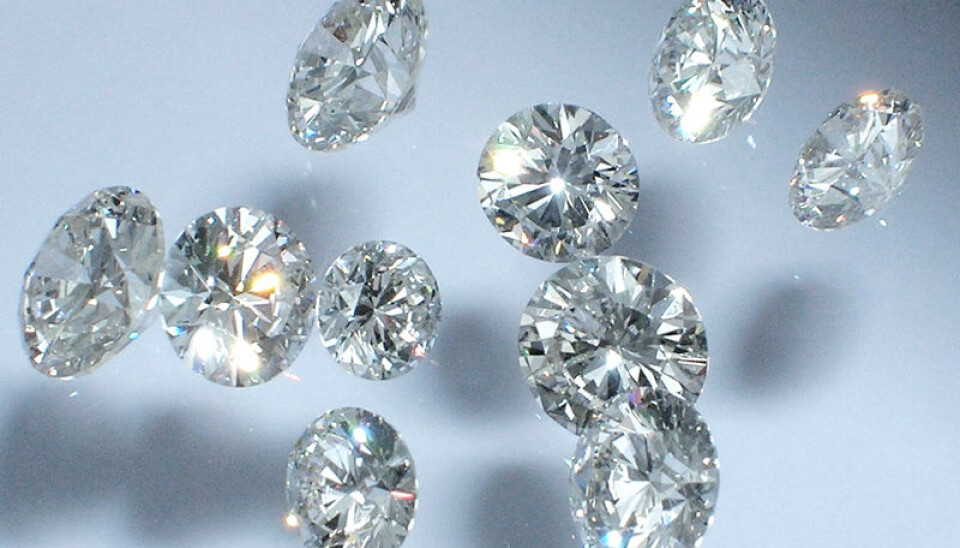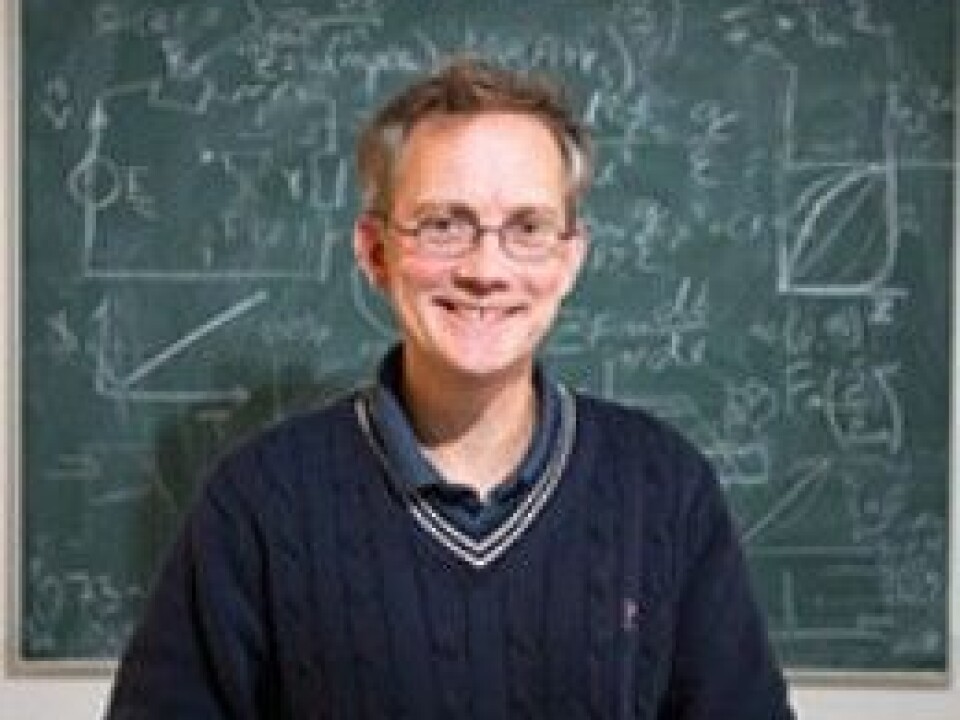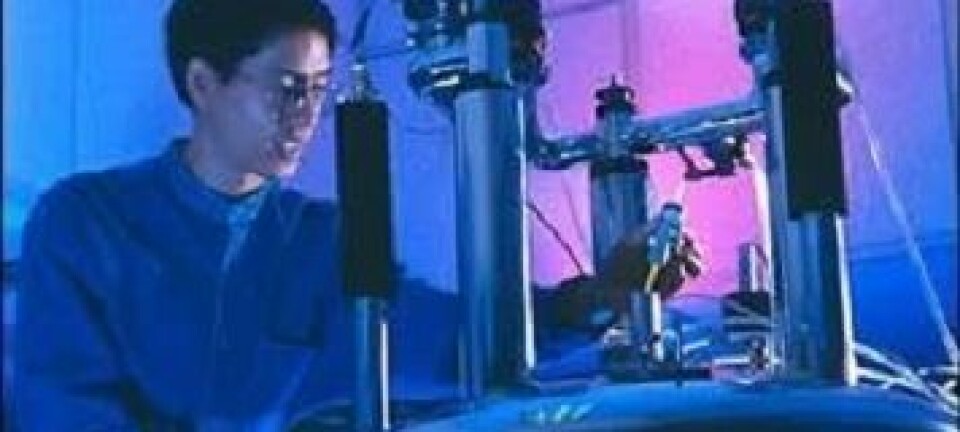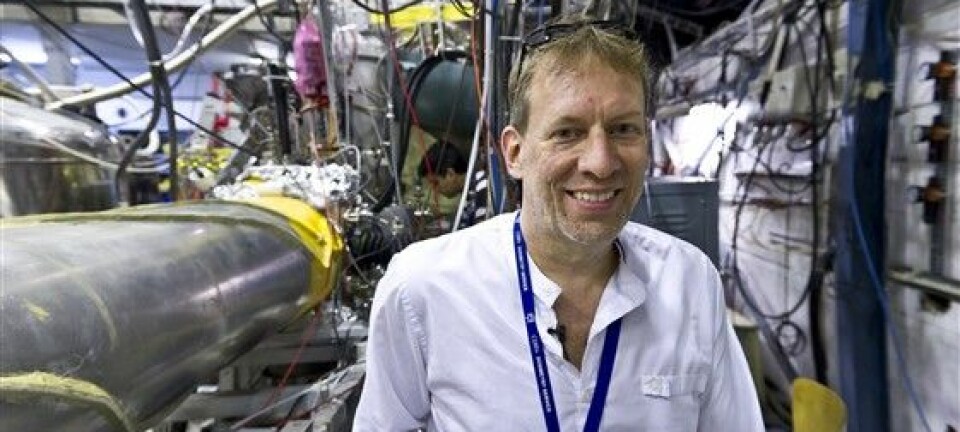
Diamonds leap to quantum computing challenge
Diamonds can be used to tame quantum particles and make components of super computers.
Technology fans lick their lips when there’s talk of computers that make use of quirky quantum physics.
The properties of subatomic particles tend to be uncertain and counterintuitive, or downright unfathomable for large bodies like human beings, stuck in our realm of Newtonian physics. This makes the very notion of using quantum mechanical phenomena to build extremely fast and powerful computers sound like science fiction.
And actually that’s still the case, as the technology is barely in its infancy. Quantum computing is tantalizing, in part because instead of digital computers with their binary on-off circuits, representing two states − or zeroes and ones − quantum particles can exist simultaneously in several states.
But quantum particles are notoriously hard to pin down or directly observe.

One of the basic challenges for physicists is that any interaction with these unruly and ephemeral particles, including determining or “reading” their information, alters their quantum state and they can vanish.
A group of Swedish scientists at Uppsala University have developed an alternative. They call it valleytronics and diamonds are part of the game.
Behaving down in the valleys
The study, Generation, transport and detection of valley-polarized electrons in diamond, could contribute toward a future when our electronic gadgets run with the help of diamonds.
“Valleytronics is a whole new territory offering new opportunities for IT and possibly for quantum computers,” says Jan Isberg. He’s a professor working at Uppsala University’s Department of Engineering Sciences, Division of Electricity, and one of the authors of the study.
“It’s also conceivable that spintronics and valleytronics could be combined in the same components, which would create even more opportunities.”
Whereas traditional electronics uses the electrical charge of electrons to deal with information, the classical zeroes and ones, and spintronics uses the spin of electrons as the basis of information, valleytronics goes a step further.
This technique utilises the way electrons pass through various materials – diamonds for instance – with a behaviour as waves. When the electrons lose energy and cool down, they tend to prefer certain troughs or “valleys” of the waves better than others.
The useful phenomenon occurs in these valleys. Unruly electrons behave a little bit more regularly in such troughs, which gives scientists some extra time to obtain information.
Lower energy expenditure and greater speed
The Swedish scientists managed to generate, transport and read electrons with quantum wave numbers that were maintained for 300 nanoseconds. These quantum numbers and their short preservation are the key to valleytronics.
“A prerequisite for developing valleytronics is the fact that the electron exists in a specific valley for a longer period of time. This has now been shown to be possible,” explains Isberg.
A quantum number that describes the position of the electron is needed to give a sufficient description of an electron’s wave through a crystal. This is the information that corresponds to the zeroes and ones of electronics. There are clear advantages in using quantum information instead of charges of electricity.
“In electronics we code information, ones and zeroes, by use of the absence or presence of an electric charge. This means that the electric charge has to be moved about, which requires energy and takes a certain amount of time.”
“By coding the information through something other than the presence and absence of an electric charge, for instance by quantum wave numbers, we can process information without moving a charge, which makes for less energy expenditure and faster circuitry,” says Isberg.
Future in diamonds
A quantum number is simply a number that describes observable quantities in quantum physics. In this case it describes which valley the electron is in, whereas in spintronics the quantum numbers describe how an electron is spinning.
The two novel alternatives to electronics, spintronics and valleytronics, share similarities insomuch as they use quantum physics to juggle information, but stability can be a problem with spintronics.
“Spin is strongly linked to magnetic fields, contrary to the case with quantum wave numbers. The coherence of the spin is easily disturbed by weak magnetic fields and that can pose a problem,” says Isberg.
In their test the scientists sent electrons through a diamond. Most people associate diamonds jewellery. But the tight network of carbon atoms make diamonds a fantastic material to use in applications of quantum mechanics.
Diamonds are efficient thermal conductors, transferring heat six times better than copper. They can withstand enormous voltages without breaking apart. Diamonds can also be “doped” with boron, transforming then into electrical conductors rather than an insulators.
Synthetic diamonds, rather than natural ones, would of course be used in any prospective quantum computer gadgetry.
-------------------------------
Read the Norwegian version of this article at forskning.no
Translated by: Glenn Ostling







